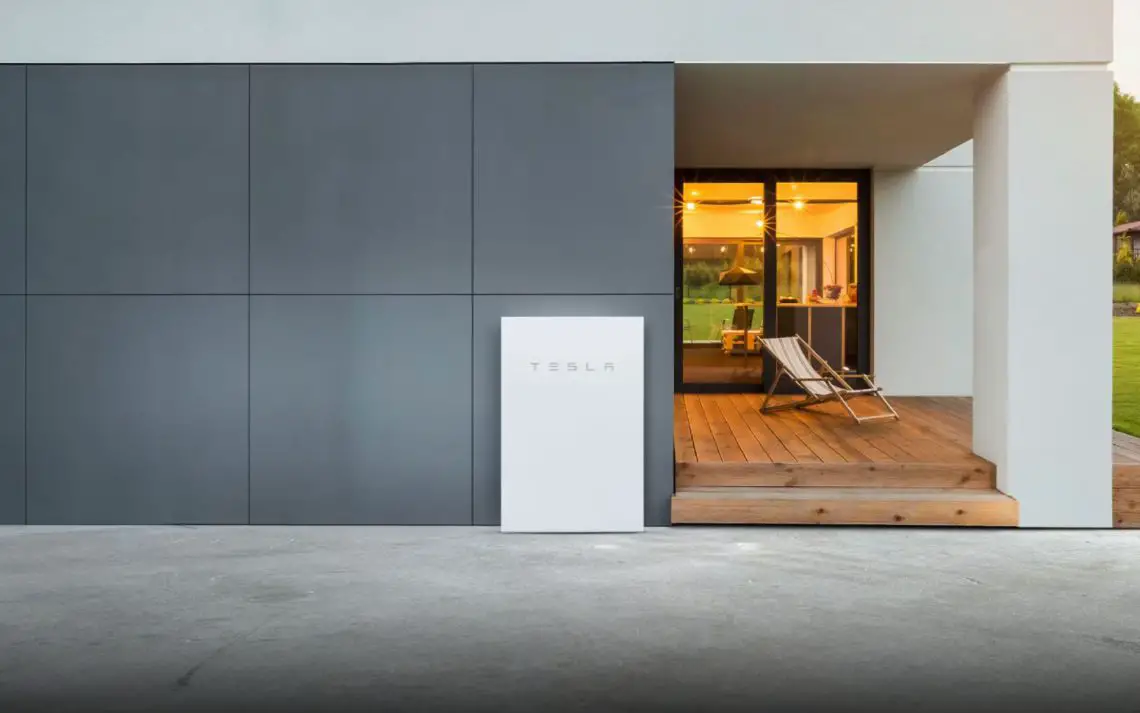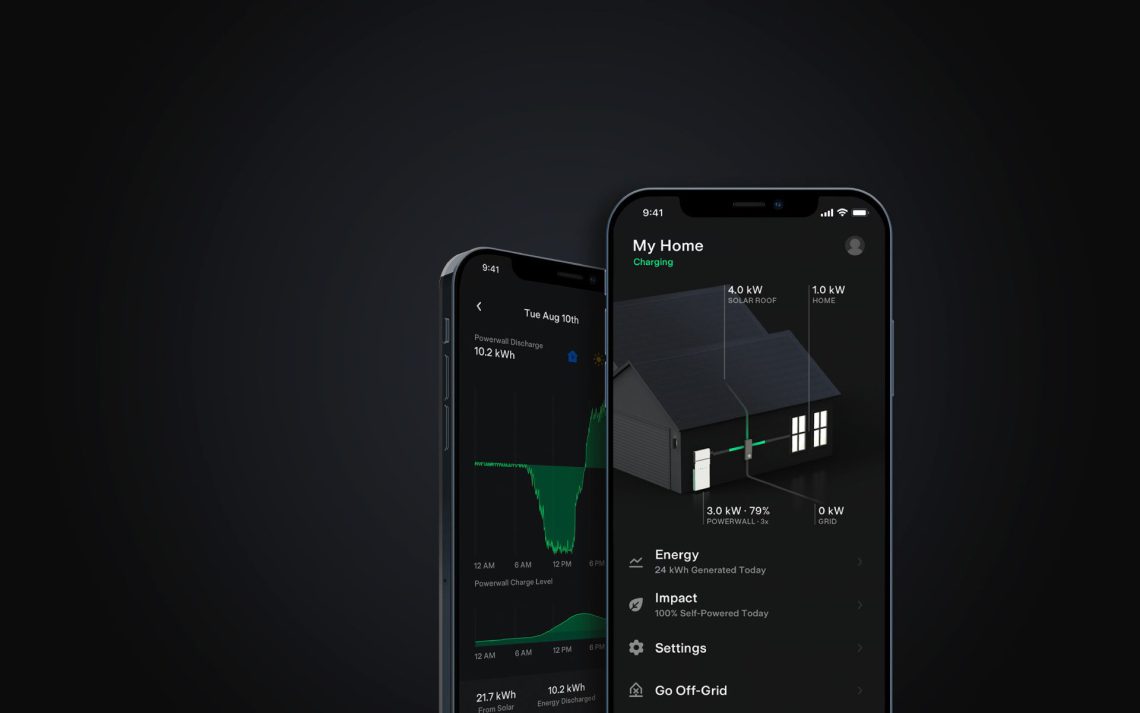With a Tesla Powerwall, you’ll laugh at energy companies adamantly
Tesla Powerwall
The Tesla Powerwall is effectively a power bank for your home. Thus, it is a battery that stores energy, detects power outages and automatically becomes the home’s energy source when the grid fails. You connect the system to the power grid so the battery can charge.
But it’s smarter to also connect the Powerwall to your installation solar panels. Charging via solar power is of course preferred, as this is green power. A full Powerwall battery can run equipment for days, Tesla promises.
Less dependence on electricity grid
“Unlike generators, Powerwall keeps the lights on and the phones charged without maintenance, fuel or noise,” Tesla promises. Basically, you become less dependent on the power grid by storing solar energy for use when the sun is not shining.
In installations with solar panels, the rule is now often to use the energy generated during the day directly for equipment. This is because you supply unused solar energy back to the power company cheaply, but buy the kWhs back at a high price when you run out of solar energy.

Tesla app
The Tesla app allows for real-time monitoring of the home’s energy production and consumption. Through the app, you set preferences to optimize settings for energy independence, power outage protection, or savings. With instant notifications and remote access, the system can be operated from anywhere.

Sleek and simple design
The design of the Tesla Powerwall is clean and simple. It has to be, because the device has to blend in with your home design. It is designed to be child and pet friendly. Hence, there are no visible cables or hot vents. You can connect a total of ten Powerwalls together, depending on your power needs.
Tesla also mentions that the Powerwall is water-resistant and can withstand extremely low or high temperatures. That is, to -20°C and to +50°C. The Powerwall is water and dust resistant to IP67.
Capacity in kWh
Now the question is: what are the specifications of the Tesla Powerwall? The energy capacity of one is 13.5 kWh. The battery can discharge 100 percent and has an efficiency of 90 percent, according to Tesla. Whether a Powerwall is sufficient for a household depends greatly on energy consumption. Still, it will be enough for most families.

Ideal situation
In the most ideal situation, your solar panels charge the Powerwall during the day and also supply power to appliances in the home. For the hours without sun, you get the energy from the Powerwall which is recharged by the sun the next day. This creates a vicious circle where you never run out of power and, in theory, you don’t need power from the grid.
Dimensions Tesla Powerwall
And how big is such a Powerwall? The device is 1150 mm x 753 mm x 147 mm in size (LxWxD), so you need to have some space for it. One unit also weighs 114 kilograms. Despite that hefty weight, the Powerwall can also be mounted on the wall, as well as on the floor. This can be done both inside and outside. Tesla provides a ten-year warranty on the Powerwall.
Start delivery in the Netherlands
When the delivery of the
Tesla Powerwall
starts in the Netherlands is unfortunately not yet known.
Tesla Powerwall price
Unfortunately, nothing is known yet about a Dutch price for the Tesla Powerwall. We do know that the Powerwall costs about $11,050 in the United States, but it is unclear whether that excludes or includes installation costs. In the United States, by the way, Tesla also supplies a Powerwall+. It can deliver up to 22 kW of peak power. However, there is an additional module on top of the Powerwall unit.
As soon as Tesla releases more information about the Powerwall we will of course report it on this website. Tesla is reportedly going to greatly increase production of the device in the near future, so that’s positive.

